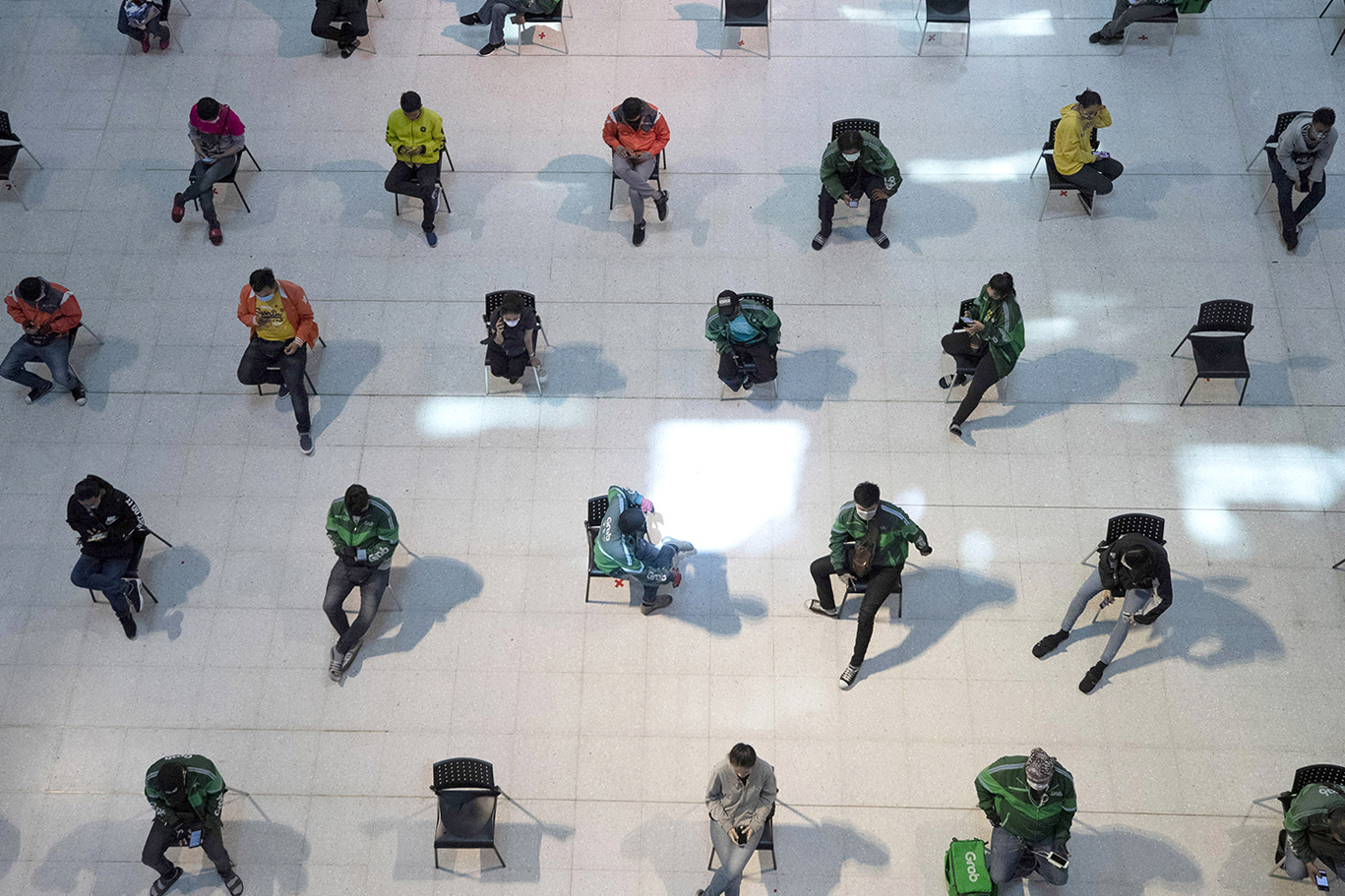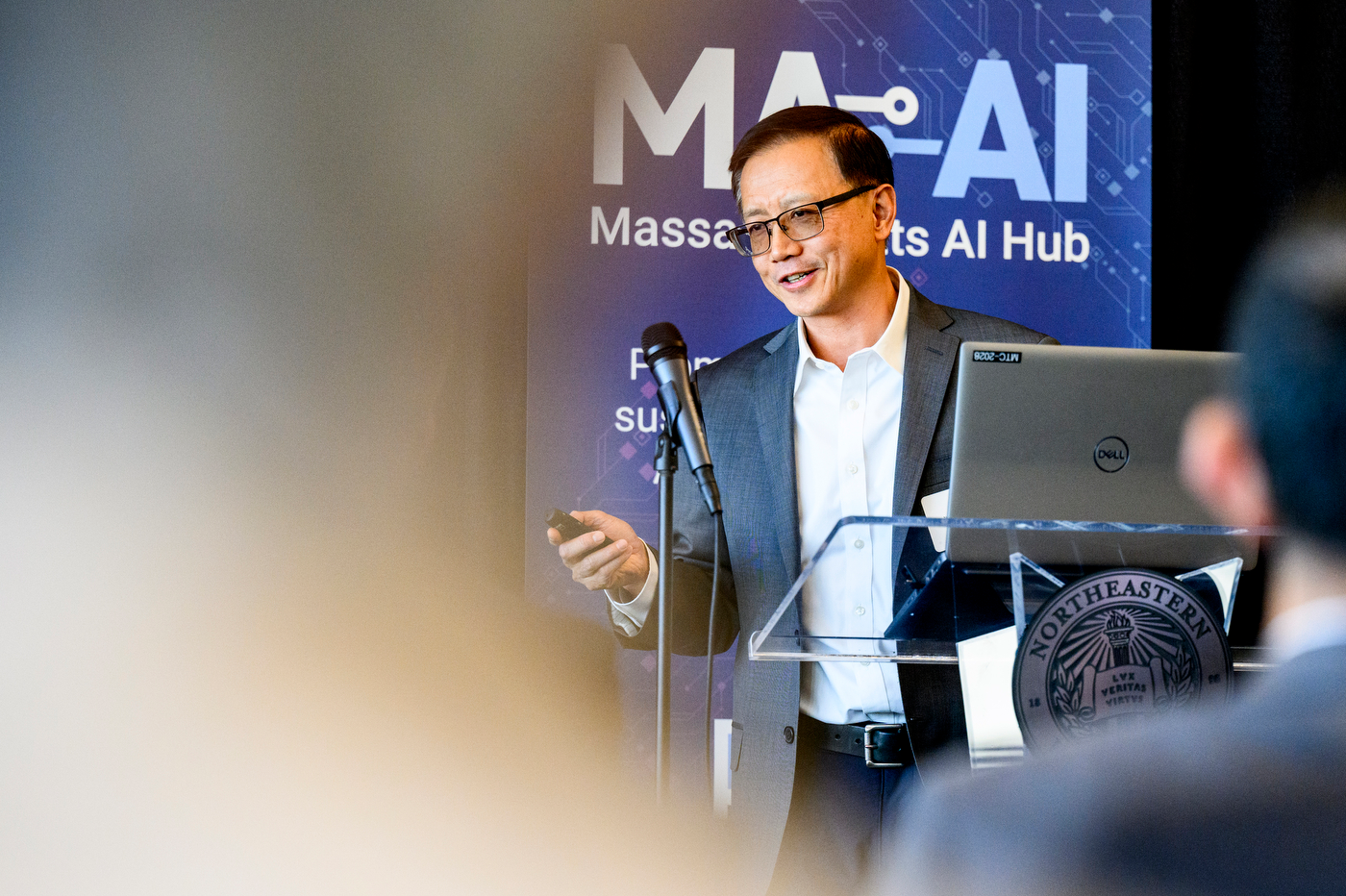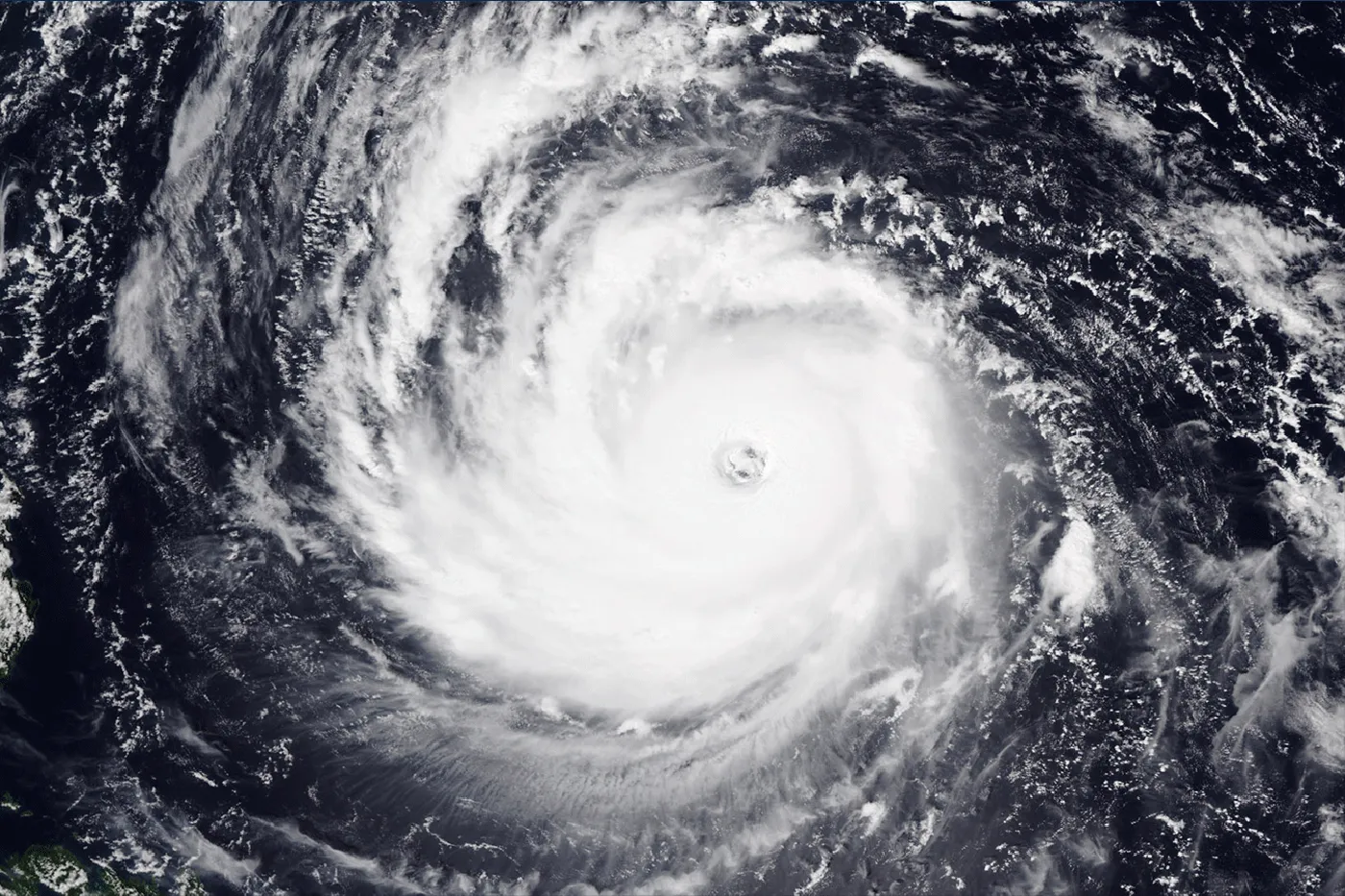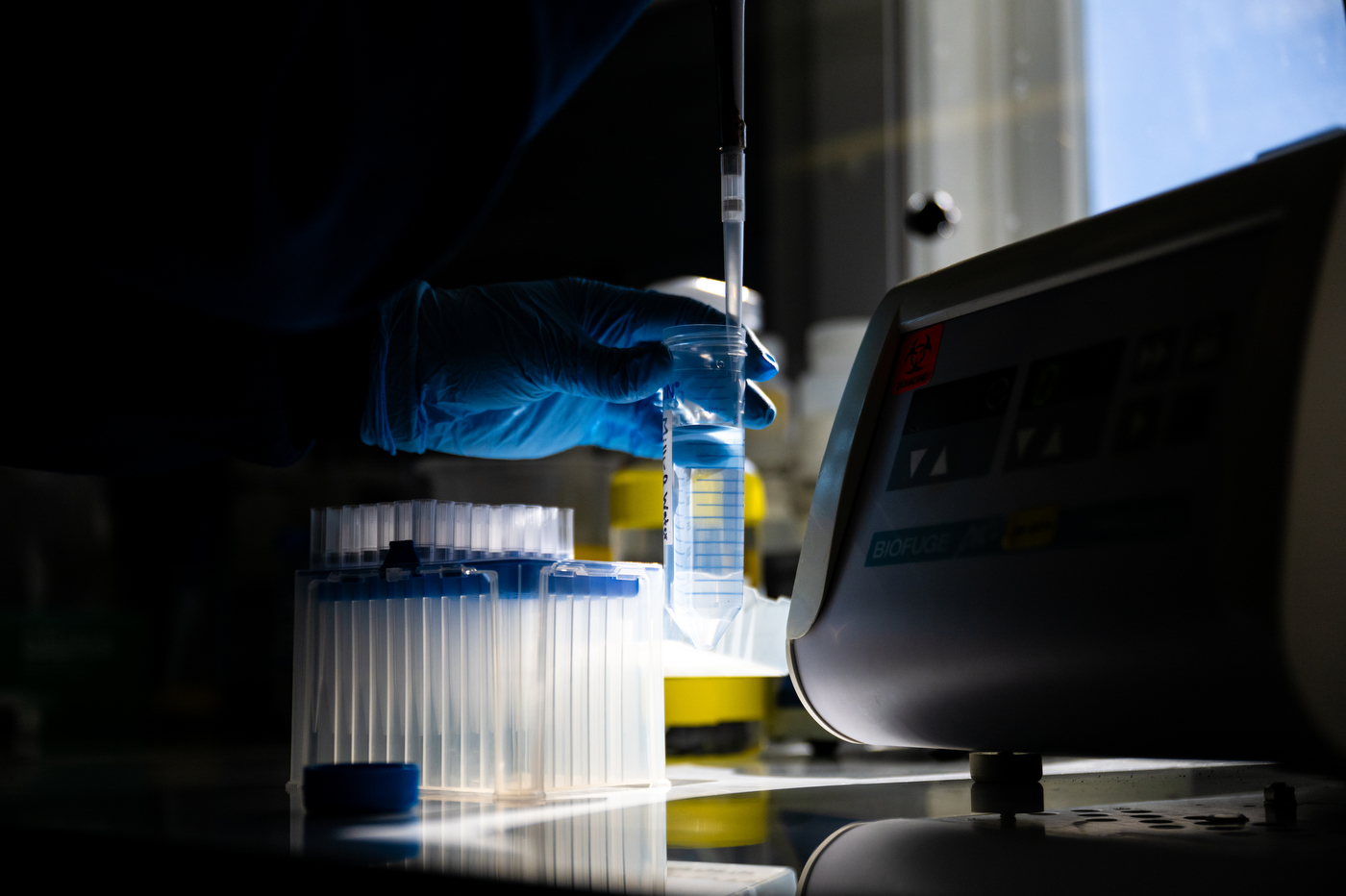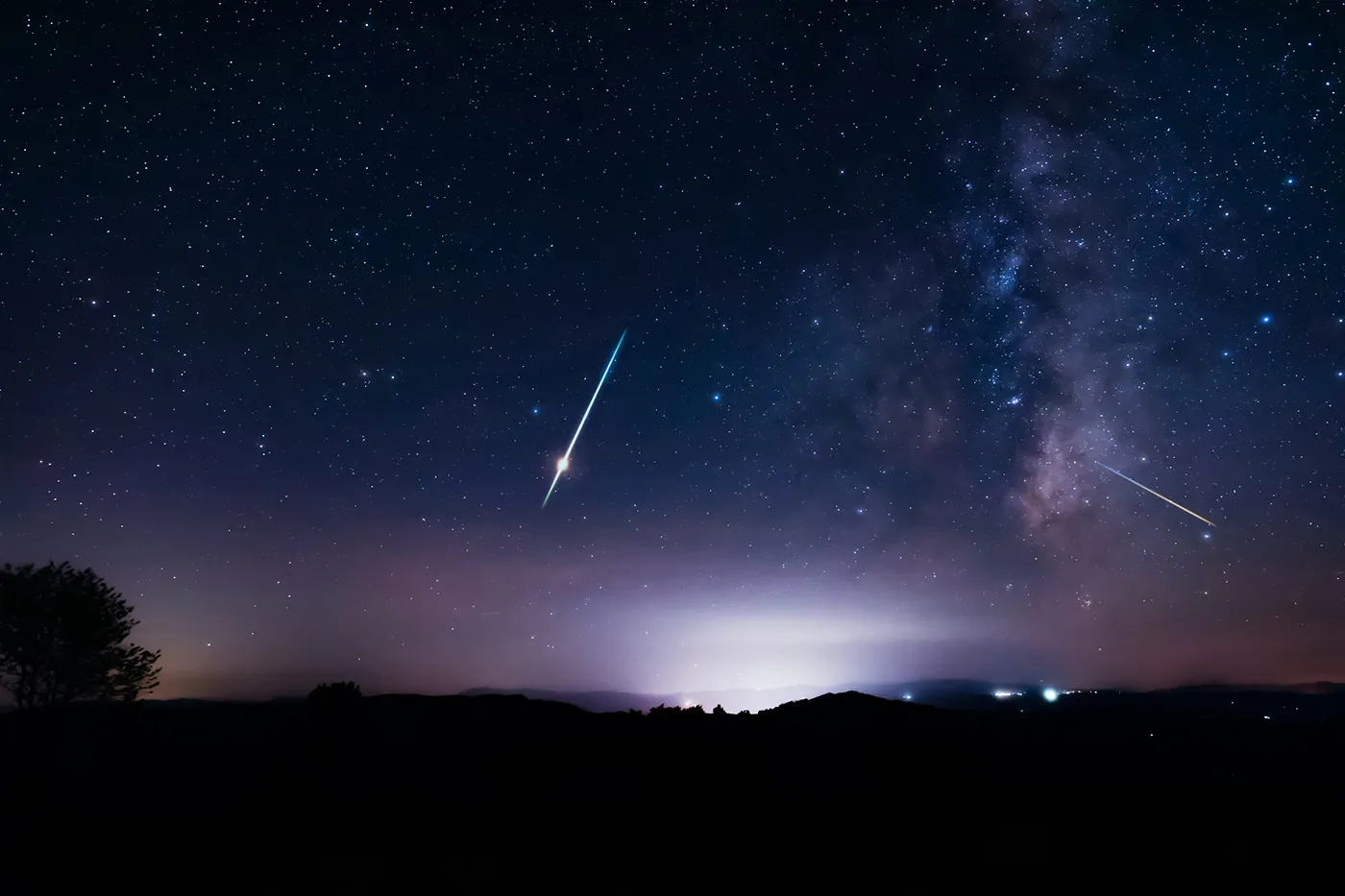After days of closed schools and businesses and requests—or orders—to say home, many people caught in the heart of the COVID-19 pandemic are wondering if these efforts will be enough.
The answer depends on how local, regional, and federal governments use this time, says Alessandro Vespignani, director of the Network Science Institute at Northeastern. It also depends on how well people heed the warning to maintain physical distance from others and avoid unnecessary social interactions.
“We need social distancing for a longer time to slow down the disease, and then we need to use that time to increase capacity in the hospitals, to increase capacity in testing,” says Vespigani, who is Sternberg Family Distinguished University Professor of physics, computer science, and health sciences. “We will need to do what I would call a wartime effort.”
Vespignani has been working with a team of researchers at Northeastern and around the globe to understand how the virus has been spreading and predict how it will continue to spread. One early conclusion: There is not a quick fix (or a quick ending), even if stemming social interactions slows the first wave of the outbreak.
Read more at Northeastern Global News
AP Photo/Sakchai Lalit
